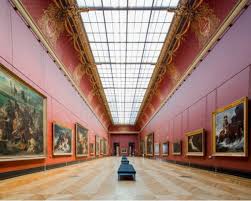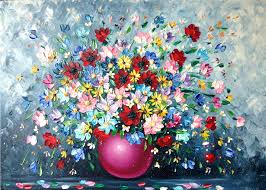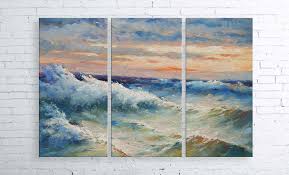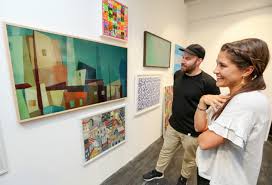houses
HISTORY OF THE ORIGIN AND DEVELOPMENT OF STAINED-GLASS ART (part 1)
 When sunlight penetrates through the high openings of windows, stained glass paintings, stained glass patterns seem to flash, light up in bright color, begin to glow, transforming the interior, filling it with a fantastic play of colored glass.
When sunlight penetrates through the high openings of windows, stained glass paintings, stained glass patterns seem to flash, light up in bright color, begin to glow, transforming the interior, filling it with a fantastic play of colored glass.
Stained-glass window is one of the most remarkable phenomena of monumental art. He got his current name from the French word “vitrage” – glass. Until recently, this term was understood as an ornamental or plot decorative composition (in a window, door, partition, in the form of an independent panel) made of glass or other material that transmits light.
According to scientists, the simplest stained-glass windows existed already in Ancient Egypt from the 2nd millennium BC. and in ancient Rome – from the 1st millennium A.D. Continue reading




